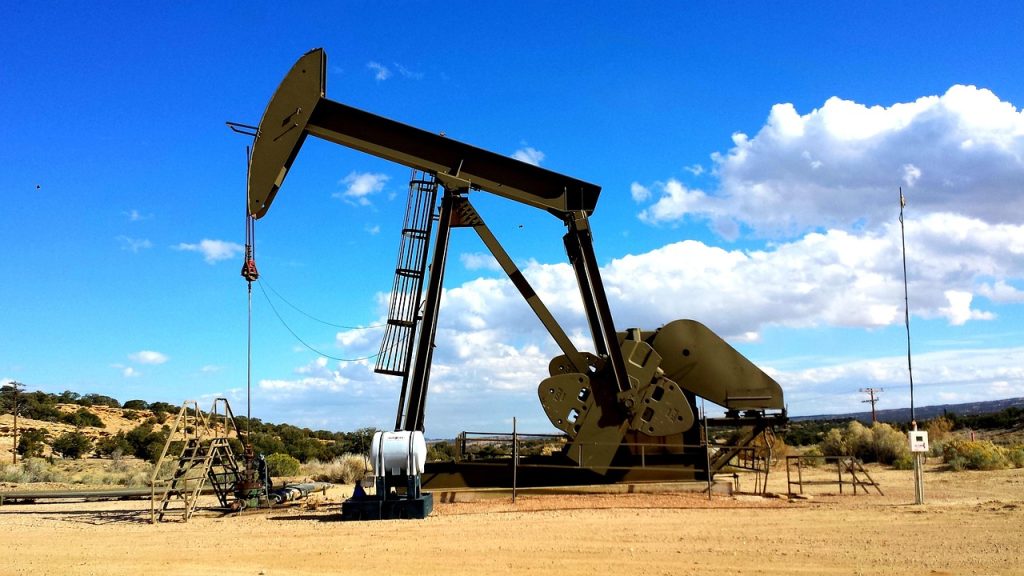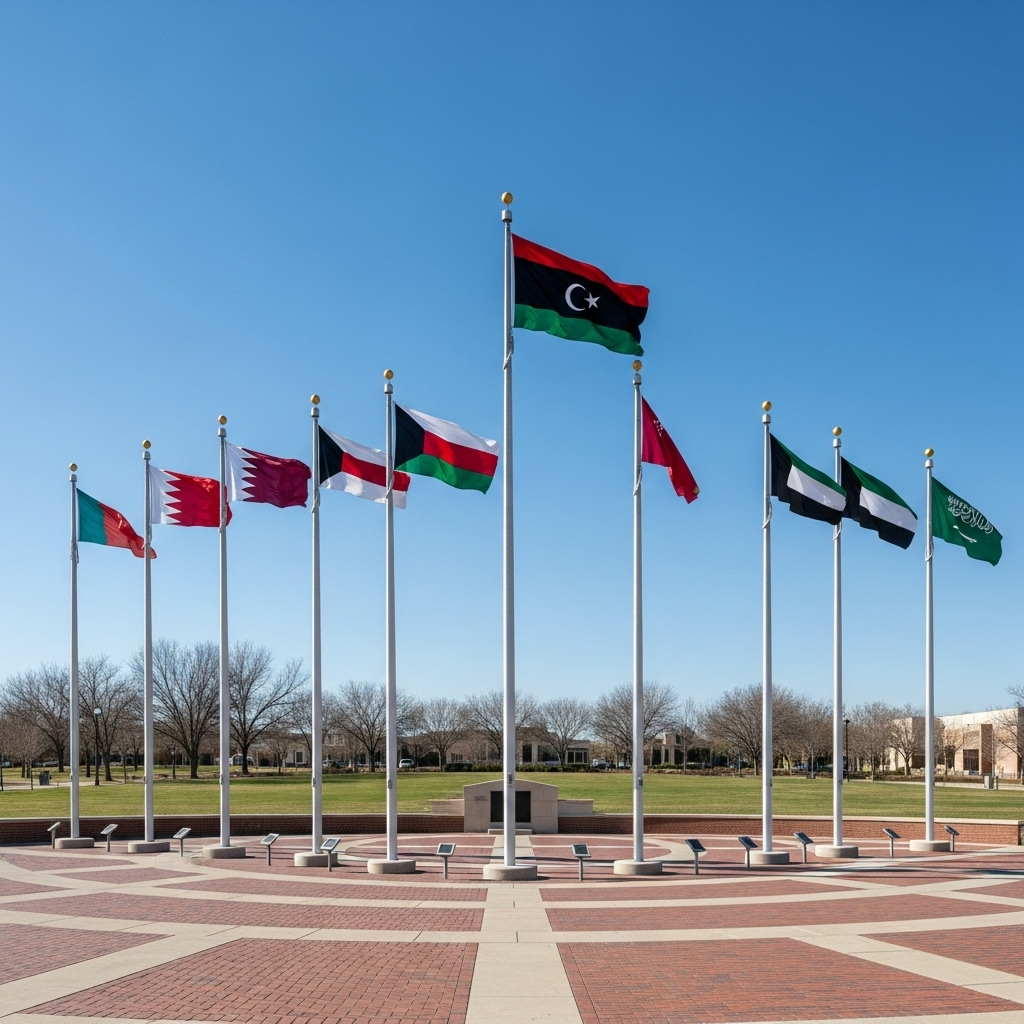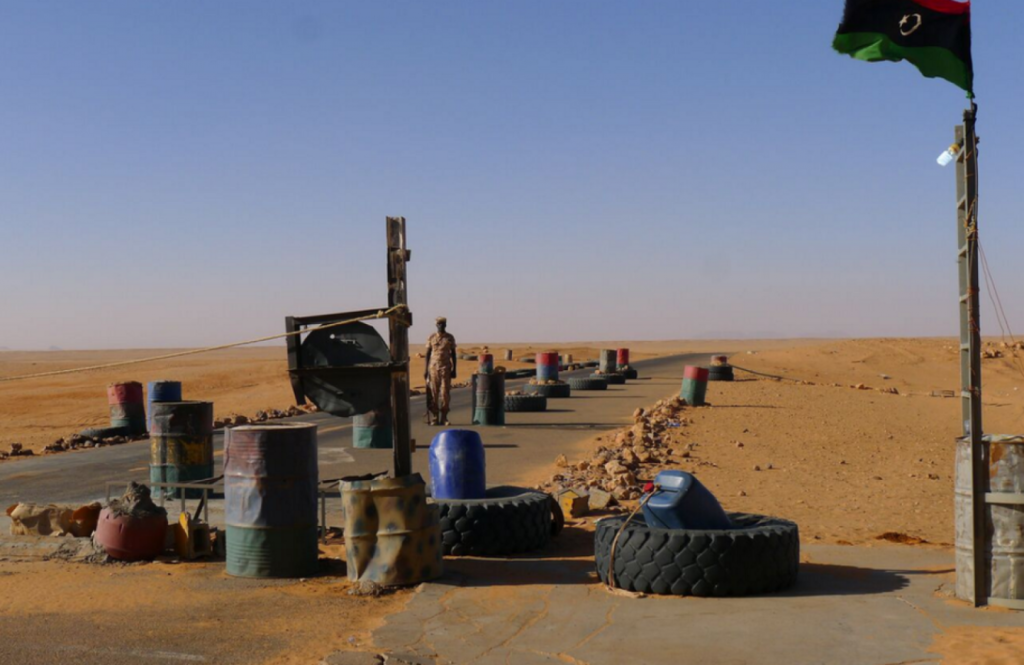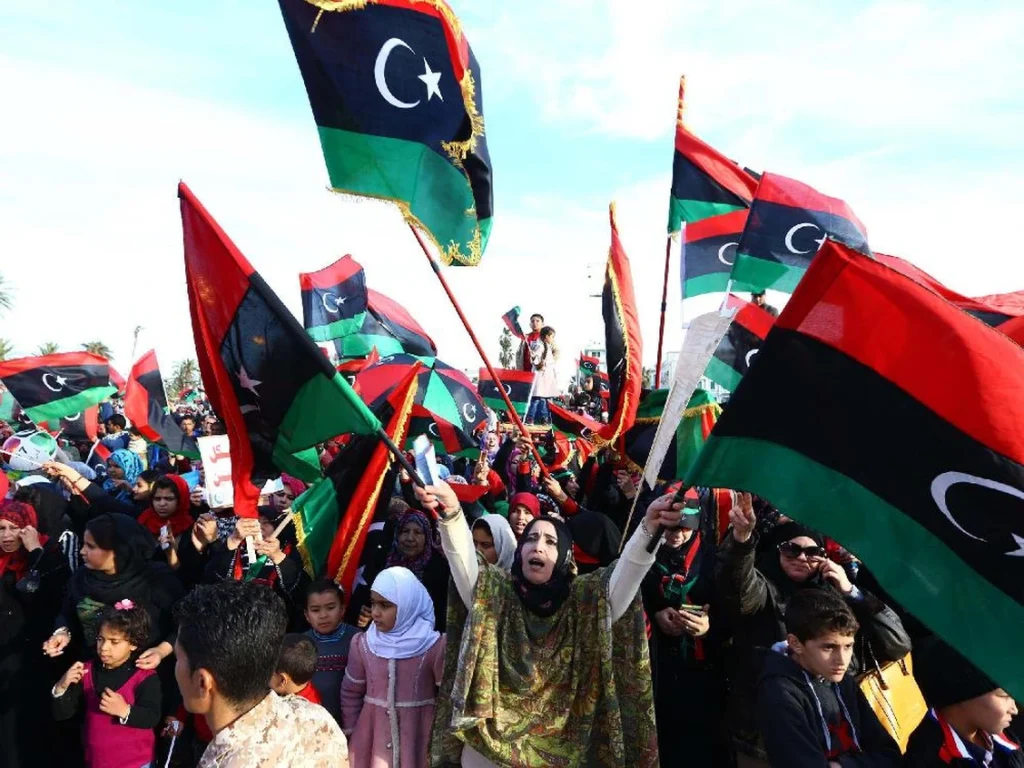Libya Energy Revival: A Foundation for Stability
Global energy markets are still adjusting after Russia’s invasion of Ukraine upended supply chains. As Europe races to diversify away from Russian oil and gas, libya energy revival has emerged as a crucial but under-reported success story. Despite political division, the country’s ability to sustain production above one million barrels per day shows a resilience few expected. Libya’s stability in oil output offers a foundation for economic recovery and a renewed role as a credible Mediterranean energy partner.
Institutional Continuity Driving Libya Energy Revival
Libya’s oil and gas sector remains the backbone of its economy, providing more than 90 percent of government revenue. Its success comes not from political unity but from institutional endurance. The National Oil Corporation (NOC), supported by technocratic leadership and pragmatic neutrality, has kept energy operations running even when rival administrations in Tripoli and Benghazi disagreed on nearly everything else.
“The NOC continues to function as a national institution for all Libyans, ensuring oil flows remain uninterrupted,” said chairman Farhat Bengdara (Reuters, September 2025). That consistency has enabled libya energy revival to sustain production near 1.2 million barrels per day, generating steady foreign-exchange inflows and funding essential public services.
Complementing this, the Central Bank of Libya (CBL) maintains a unified exchange rate and distributes public salaries nationwide. Even amid divided governance, fiscal coordination has preserved liquidity and confidence. Quiet cooperation between the NOC and CBL underscores that some Libyan institutions still serve national rather than factional interests, a crucial distinction for investors assessing risk.
Investor Confidence Strengthens Libya Energy Revival
That operational reliability is drawing cautious optimism from international partners. TotalEnergies, Eni, and Repsol have resumed upstream projects and expanded exploration commitments. TotalEnergies CEO Patrick Pouyanné told Bloomberg (August 2025) that “our outlook for Libya remains positive if institutional coordination continues to improve.”
Eni’s renewed investment in the Mellitah complex illustrates growing faith in Libya’s capacity to guarantee supply continuity. Foreign interest is also rising in eastern Libya infrastructure development, particularly pipeline rehabilitation and port upgrades that could strengthen the Mediterranean energy corridor.
The NOC’s modernization plan envisions expanded storage at Es Sider and Ras Lanuf and new export terminals linked to Europe’s LNG network. Together these moves suggest libya energy revival could become a structural, not temporary, feature of regional supply diversification. Sustained production strengthens Libya’s influence within OPEC and boosts its credibility with international lenders. For the EU, a reliable Libyan partner mitigates volatility from the wider region while supporting Mediterranean stability.
Expanding Libya Energy Revival Into Gas and Renewables
Libya’s next frontier lies in gas and renewables. Plans are advancing to expand LNG capacity at Mellitah and Marsa el Brega, enabling deliveries directly to Italy and potentially southern France. “A coherent national energy strategy would position Libya as a dependable Mediterranean supplier,” Eni CEO Claudio Descalzi told the Financial Times (September 2025).
Parallel efforts are underway in renewable energy projects. Pilot solar farms near Sebha and Misrata have attracted investment from the EU’s Global Gateway initiative and private funds from Norway and the UAE. With some of the world’s highest solar irradiance levels, Libya could export green power via subsea cables to Malta and Italy within the decade. Integrating renewables with existing gas infrastructure would lower domestic fuel costs and reinforce Libya’s reputation as an emerging clean-energy hub.
To attract long-term financing, Libya needs transparent tendering, unified regulatory oversight, and guarantees that contracts will survive political shifts. Countries such as Morocco and Egypt offer workable models, independent regulators, clear revenue-sharing frameworks, and joint public-private investment boards.
Turning Resilience Into Reform
The challenge now is converting institutional endurance into systemic reform. Governance fragmentation still complicates fiscal planning and infrastructure delivery, yet Libya continues to function, it pays civil-service wages, maintains border operations, and finances development across regions. These are not symptoms of failure but indicators of underlying administrative capacity.
Deeper coordination would multiply these gains. A single national energy policy could harmonize pricing, investment procedures, and workforce standards. Aligning vocational training in Tripoli, Benghazi, and Ajdabiya would equip engineers and technicians to support both oil-field maintenance and renewable-energy installation, linking libya energy revival to broader human-capital growth.
European partners have incentives to encourage this gradual alignment. By investing in Libya’s energy security through technical assistance and grid integration, the EU would strengthen its own resilience while fostering North-African stability. Joint transparency programs between the CBL and international financial institutions could further reduce corruption risk and unlock concessional funding.
Policy Roadmap for Sustainable Growth
A practical path forward begins with closer coordination between Libya’s economic and energy institutions. Establishing a joint framework between the NOC, the Central Bank, and planning ministries could align production targets with fiscal priorities, ensuring that oil revenue supports infrastructure and employment.
Regulatory clarity will also be essential. A single hydrocarbons law covering exploration, LNG exports, and renewable projects would create predictability and attract sustained foreign investment. Finally, expanding technical and vocational training in engineering, logistics, and energy management would prepare Libyans to take part in this transition. Supported by European expertise and funding, these steps could turn operational resilience into genuine reform and strengthen Libya’s credibility as a regional energy partner.
Libya’s story is often told through its divisions, yet its endurance deserves equal attention. Institutions that survived conflict can now drive renewal. If policymakers turn that resilience into strategy, libya energy revival could evolve from a fragile recovery into a reliable Mediterranean powerhouse anchoring both national growth and Europe’s energy future.



